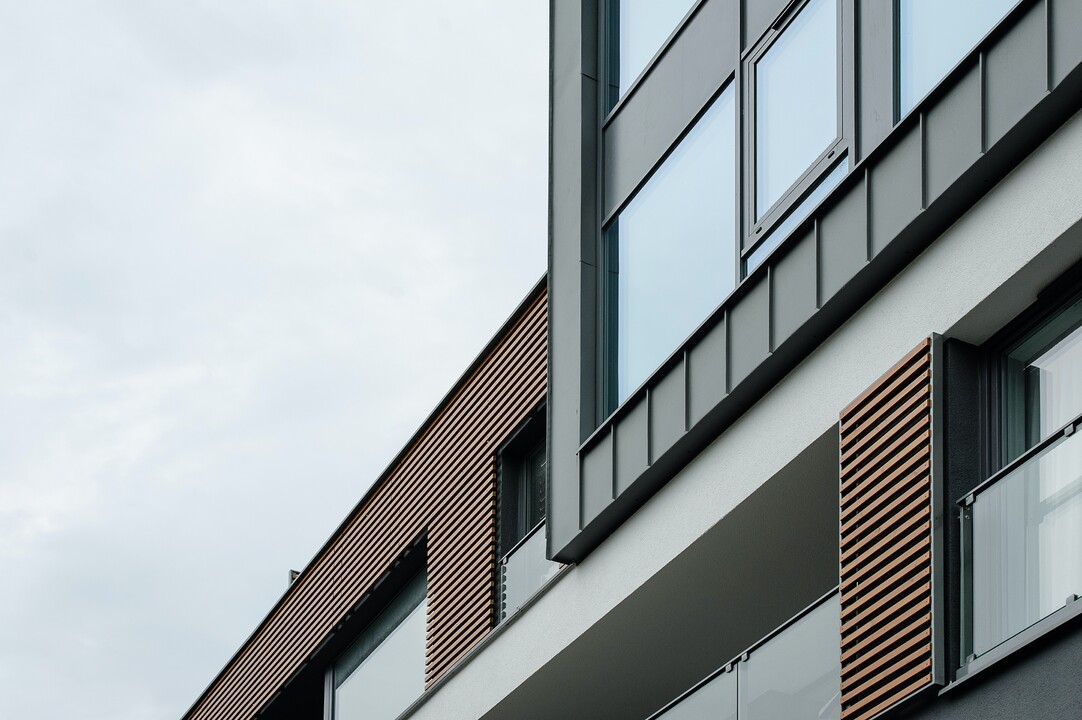
21 May How modular construction could solve the world’s housing crisis
While modular construction isn’t a new concept, its mass roll-out as a solution to the global housing crisis will transform the construction sector. Modular construction goes back to the 17th century when colonial Americans shipped English-built houses over the Atlantic.
Today this form of housing construction fulfils market and consumer demands, as well as environmental, cost and infrastructure. The world is desperately in need of affordable but high-quality housing, and in a time of disruptive innovation, modular construction will finally become mainstream.
Innovative disruption is at the heart of the most successful business models
If we look at some of the most successful businesses of the 21s century – Uber, Google and Amazon – they are all innovative and disruptive business models. They turned markets on their heads, use cutting-edge technology and never stop creating innovative services. The result is a total shift in the way we shop, live, travel, and work.
These companies are phenomenally successful after starting with a disruptive premise. They carefully considered consumer and market drivers while constantly evolving their offering until they hit the perfect balance. Disruptive innovation is driven by both invention and market demand. And when it comes to housing, there is a huge market demand for affordable, quality units.
Red Ribbon Asset Management launched Modulex to offer modular off-site construction to the highest standard, lowest possible cost and fastest delivery. At the same time, modular housing can be carbon neutral and offer every 21st century amenity in an ecologically sound way. Developers using modular construction at scale will solve the housing crisis.
Urbanisation is fuelling housing crisis
US consultancy McKinsey estimates that more than 80% of developers are now open to using modular construction models. And as cities continue to grow, so does the housing crisis. According to Yale University, more than 150 million people are homeless globally.
Relentless urbanisation increasingly highlights the inadequacy of affordable housing in both the developed and emerging economies. UN statistics show that people living in cities has increased from 751 million in 1950 to 4.2 billion in 2018. Or to put it another way, more than half of the global population now lives in urban areas.
Estimates show that this figure will increase to about 68% by 2050, with most of this affecting developing and emerging economies. We can expect high rates or urbanisation in the Middle East, sub-Saharan Africa and across Asia. Furthermore, China, Nigeria and India by themselves will account for more than a third of urban population growth between 2018 and 2050.
Affordable housing for the masses is the basis of a successful economy
Without access to affordable housing, economies cannot thrive. And while what is considered adequate or affordable depends to an extent on the location, there are general parameters for acceptable housing anywhere in the world. These are that it should be secure, private, safe and offer access to electricity, heating, water and sanitation.
A report from McKinsey estimates that 330 million households currently have no access to safe, clean affordable homes. Without major changes, this will increase to 440 million globally by 2025.
The challenge of the lack of housing is, of course, felt more sharply in cities that have high levels of sub-standard residential units. There needs to be far more investment in mid-market and affordable housing throughout the emerging economies. Currently, developers and construction companies use outmoded systems, old technology and concentrate on high-value projects that encourage inefficiency.
Modular construction balances needs of developers and the environment
Changing the mindset of investors and developers towards focusing on affordable housing at the scale needed is key. In India, more than 1.77 million people need housing right now, and while the work undertaken by the Modi Government for Affordable Housing is happening, it’s nowhere near enough.
Modular construction uses smart, efficient and innovative technology to create housing at scale, at speed and for lower costs to both investors and the environment. Units can be built in controlled environments to the highest specs and delivered in ready-to-build panels.
Modulex is part of the solution and harnesses the technology and innovative drive to deliver housing at a third of traditional costs. The first step for Modulex is to establish the biggest steel modular construction factory in the world. Based in India and managed from London, this is a key stage in using the concept of disruptive innovation to transform the housing sector.

